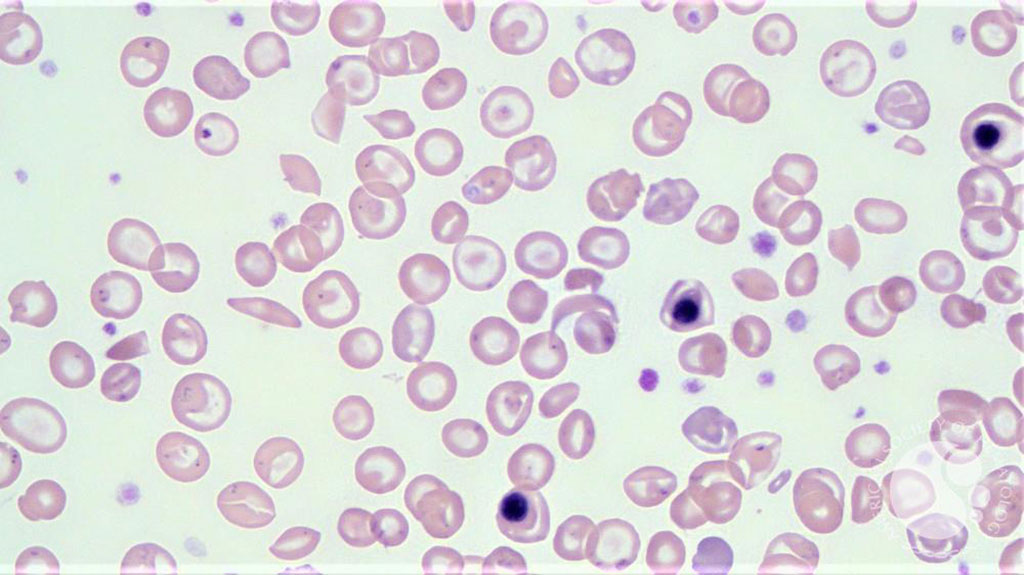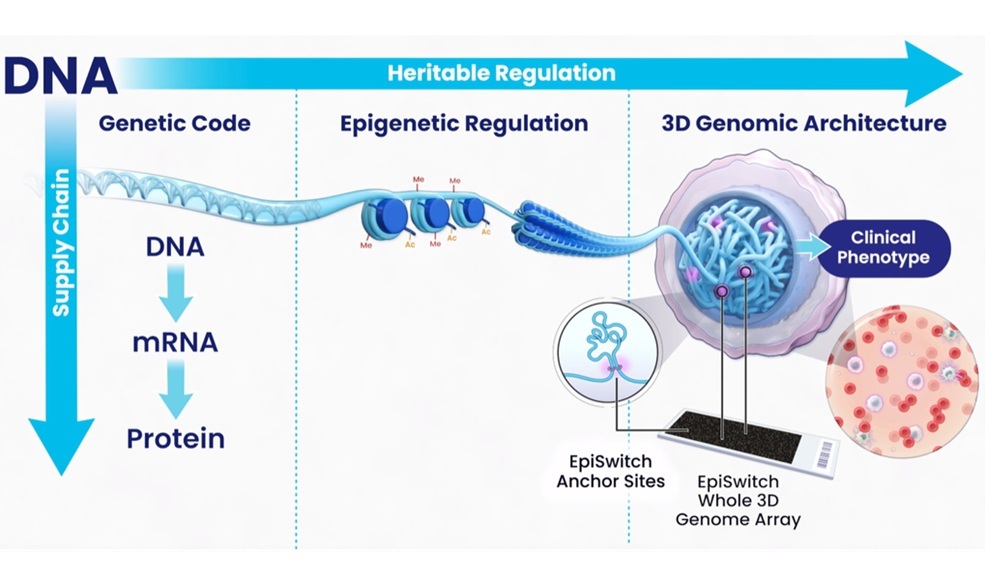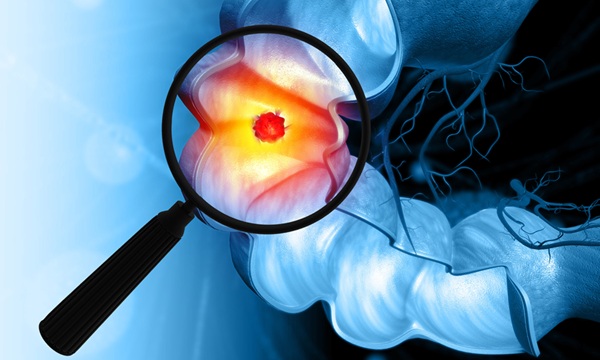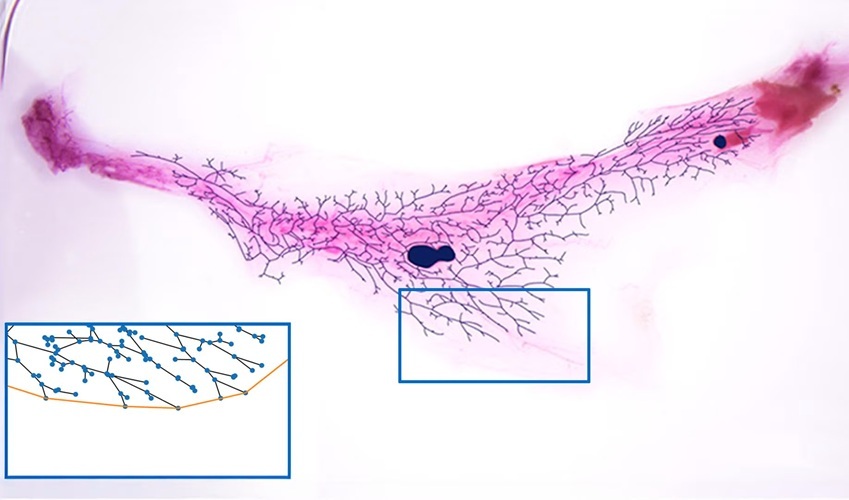DNA Testing Assessed in Childhood Sickle-Cell Anemia Diagnosis
|
By LabMedica International staff writers Posted on 21 Jul 2022 |

Sickle-cell disease (SCD) is the most common genetic disorder worldwide. SCD patients are homozygous for a recurrent mutation in the HBB-gene resulting in the substitution of a glutamic acid residue with a valine amino acid at position 6 of the beta globin protein (E6V).
The mutated protein, known as HbS, has a different electrical charge, which is exploited for the distinction of HbS from HbA by electrophoresis. The term SCD refers to all different genotypes that cause characteristic clinical syndrome, whereas sickle-cell anemia (SCA), the most prevalent form of SCD, refers to the homozygous form of SS, and the heterozygous compound forms such as S/β-thalassemia, SC disease refer to SCD.
Molecular Geneticists at the KU Leuven and University Hospitals Leuven (Leuven, Belgium) collaborating with their colleagues at the University of Kinshasa (Kinshasa, Democratic Republic of Congo) conducted a cross-sectional study from November 2016 to end October 2017 and 160 patients were included. The diagnosis in these patients was made by clinical suspicion associated with a positive Emmel test, occasionally people received hemoglobin electrophoresis and/or hemoglobin isoelectrofocusing.
For each patient, the team collected blood in two 4 mL EDTA tubes. They obtained a full blood cells count (red blood cells (RBC), white blood cells (WBC), platelets and reticulocytes). Biochemical analyses included lactate dehydrogenase (LDH), bilirubin, serum creatinine, aspartate aminotransferase (AST), and alanine aminotransferase (ALT). Hemoglobin electrophoresis was performed using the automated Minicap (Sebia, Norcross, GA, USA). DNA was extracted by the salting out method, and mutation analysis for the SCA mutation (E6V) was performed. Mutation analysis of the β-globin gene was accomplished by resequencing the coding exons and by Multiplex Ligation-dependent Probe Amplification (MLPA), in patients suspected for compound form of SCD Sβ-thalassemia.
The investigators reported that hemoglobin capillary electrophoresis suggested that 136 (85%) were homozygote SS, 13 (8.1%) were heterozygote (AS), and 11 (6.9%) were homozygote normal (AA). DNA testing confirmed these electrophoresis findings, with the exception of four patients, two AS in electrophoresis were found SS due to recent transfusion, and two SS in electrophoresis were found AS because they have compound heterozygous form S/β 0-thalassemia. The diagnosis of SCA was therefore wrongly ascertained with Emmel test in 15% of patients.
The authors concluded that their study revealed a high proportion of wrongly diagnosed SCA patients in a rural environment in Central Africa, and underlines the importance of a DNA test in addition to Hb electrophoresis in helping to clarify the diagnosis of SCA. Improving the skills of healthcare professionals in the clinical recognition of SCA in children remains a crucial step in the management of SCA, especially in rural area. The study was published on July 12, 2022 in the Journal of Clinical Laboratory Analysis.
Related Links:
KU Leuven and University Hospitals Leuven
University of Kinshasa
Sebia
Latest Hematology News
- Viscoelastic Testing Could Improve Treatment of Maternal Hemorrhage
- Pioneering Model Measures Radiation Exposure in Blood for Precise Cancer Treatments
- Platelets Could Improve Early and Minimally Invasive Detection of Cancer
- Portable and Disposable Device Obtains Platelet-Rich Plasma Without Complex Equipment
- Disposable Cartridge-Based Test Delivers Rapid and Accurate CBC Results
- First Point-of-Care Heparin Monitoring Test Provides Results in Under 15 Minutes

- New Scoring System Predicts Risk of Developing Cancer from Common Blood Disorder
- Non-Invasive Prenatal Test for Fetal RhD Status Demonstrates 100% Accuracy
- WBC Count Could Predict Severity of COVID-19 Symptoms
- New Platelet Counting Technology to Help Labs Prevent Diagnosis Errors
- Streamlined Approach to Testing for Heparin-Induced Thrombocytopenia Improves Diagnostic Accuracy
- POC Hemostasis System Could Help Prevent Maternal Deaths
- New Test Assesses Oxygen Delivering Ability of Red Blood Cells by Measuring Their Shape
- Personalized CBC Testing Could Help Diagnose Early-Stage Diseases in Healthy Individuals
- Non-Invasive Test Solution Determines Fetal RhD Status from Maternal Plasma
- First-Of-Its-Kind Smartphone Technology Noninvasively Measures Blood Hemoglobin Levels at POC

Channels
Clinical Chemistry
view channel
VOCs Show Promise for Early Multi-Cancer Detection
Early cancer detection is critical to improving survival rates, but most current screening methods focus on individual cancer types and often involve invasive procedures. This makes it difficult to identify... Read more
Portable Raman Spectroscopy Offers Cost-Effective Kidney Disease Diagnosis at POC
Kidney disease is typically diagnosed through blood or urine tests, often when patients present with symptoms such as blood in urine, shortness of breath, or weight loss. While these tests are common,... Read moreMolecular Diagnostics
view channel
Simple Blood Test Could Reveal Kidney Disease Earlier
Kidney disease remains one of the leading causes of premature mortality, affecting 13% of the global population and nearly one-third of intensive care patients who develop acute kidney injury (AKI).... Read more
Revolutionary Blood Test Accurately Diagnoses Chronic Fatigue Syndrome
Myalgic Encephalomyelitis, also known as Chronic Fatigue Syndrome (ME/CFS), is a long-term debilitating illness that affects millions worldwide, including over 400,000 people in the UK. The condition causes... Read moreImmunology
view channel
Blood Test Tracks Treatment Resistance in High-Grade Serous Ovarian Cancer
High-grade serous ovarian cancer (HGSOC) is often diagnosed at an advanced stage because it spreads microscopically throughout the abdomen, and although initial surgery and chemotherapy can work, most... Read more
Luminescent Probe Measures Immune Cell Activity in Real Time
The human immune system plays a vital role in defending against disease, but its activity must be precisely monitored to ensure effective treatment in cancer therapy, autoimmune disorders, and organ transplants.... Read more
Blood-Based Immune Cell Signatures Could Guide Treatment Decisions for Critically Ill Patients
When a patient enters the emergency department in critical condition, clinicians must rapidly decide whether the patient has an infection, whether it is bacterial or viral, and whether immediate treatment... Read moreMicrobiology
view channel
Fast Noninvasive Bedside Test Uses Sugar Fingerprint to Detect Fungal Infections
Candida bloodstream infections are a growing global health threat, causing an estimated 6 million cases and 3.8 million deaths annually. Hospitals are particularly vulnerable, as weakened patients after... Read more
Rapid Sepsis Diagnostic Device to Enable Personalized Critical Care for ICU Patients
Sepsis is a life-threatening condition that occurs when the body’s response to infection spirals out of control, damaging organs and leading to critical illness. Patients often arrive at intensive care... Read morePathology
view channel
Serially Testing Brain Tumor Samples Reveals Treatment Response in Glioblastoma Patients
Glioblastoma (GBM) is the most aggressive form of brain cancer, known for rapid growth, recurrence, and resistance to treatment. Understanding how tumors respond to therapy remains challenging since imaging... Read more
High-Accuracy Tumor Detection Method Offers Real-Time Surgical Guidance
Pancreatic neuroendocrine neoplasms (PNENs) are rare cancers that affect hormone-producing cells in the pancreas. Although uncommon, their incidence has been increasing, and surgery remains the only curative option.... Read moreTechnology
view channel
AI Algorithm Assesses Progressive Decline in Kidney Function
Chronic kidney disease (CKD) affects more than 700 million people worldwide and remains a major global health challenge. The condition often progresses silently, and many patients remain undiagnosed until... Read more
Taste-Based Influenza Test Could Replace Nasal Swabs with Chewing Gum
Influenza is one of the most dangerous infectious diseases worldwide, claiming around half a million lives each year. What makes it particularly insidious is that flu viruses are contagious even before... Read more
3D Micro-Printed Sensors to Advance On-Chip Biosensing for Early Disease Detection
Early-stage disease diagnosis depends on the ability to detect biomarkers with exceptional sensitivity and precision. However, traditional biosensing technologies struggle with achieving this at the micro-scale,... Read moreIndustry
view channel
Terumo BCT and Hemex Health Collaborate to Improve Access to Testing for Hemoglobin Disorders
Millions of people worldwide living with sickle cell disease and other hemoglobin disorders experience delayed diagnosis and limited access to effective care, particularly in regions where testing is scarce.... Read more
Revvity and Sanofi Collaborate on Program to Revolutionize Early Detection of Type 1 Diabetes
Type 1 diabetes (T1D) is a lifelong autoimmune condition in which the immune system destroys the pancreas’s insulin-producing beta cells, leading to dependence on insulin therapy. Early detection is critical... Read more



















